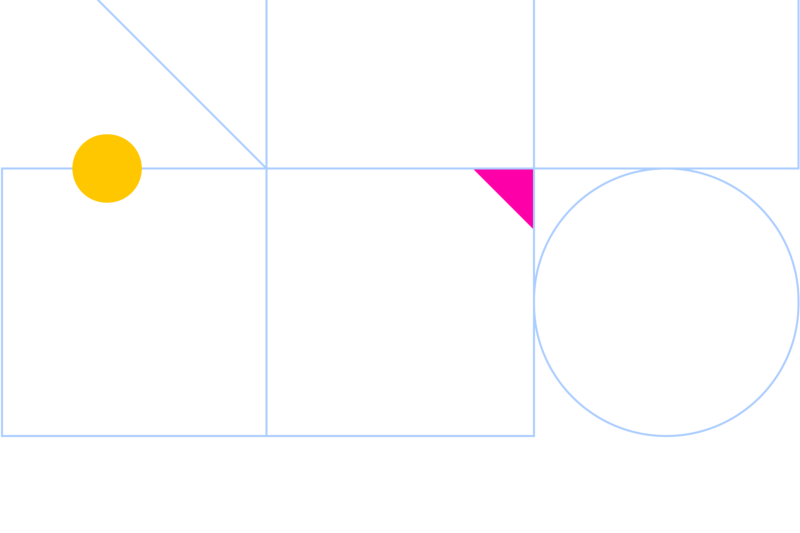

I wanted to take the opportunity of this week’s blog post to discuss an increasingly important part of the work we are doing for our law firm clients – helping design UX/UI for internal law firm applications.
This is very interesting work but it’s a little bit different from what most people think about when they think about hiring a design expert. The traditional focus for a designer’s work, particularly in a law firm environment, is on marketing, whether that means undertaking a redesign of the firm’s website or crafting new marketing collateral for various practice groups. Designers are supposed to work strategically to develop and enhance a firm’s brand through marketing materials – in addition to messaging and brand consistency, designers develop color palettes, select images and develop print layouts and websites that are consistent with the firm’s message and speak to the intended audience.
But in the digital era the role of design has transformed and expanded. Designers have become involved in shaping much more than the look and feel of communication. We are now directly involved in the shaping the flow of information – the sequence and order in which information is presented to users whether on the computer or smart phone screen. Digital design determines not only what you see on the screen but it’s about anticipating how and what a user decides to see next.
That’s where the terms UX and UI come into play. UX is geek short-hand for user experience and UI is the abbreviation for user interface. These are generally understood as two separate but closely related parts of an effective computer design process. Both UX and UI are crucial to shaping any technology-based product and work closely together. But despite their similarity and occasional overlap, the roles themselves are quite different, referring to very different parts of the process and the design discipline. UX design is more analytical and technically oriented, focused on the information architecture and developing pathways that users will find intuitive; whereas UI Design is closer to what people think of as a traditional graphic design function, in shaping the product’s look and feel. In practice, the roles and responsibilities become quite complex. Moreover, in a number of situations (particularly in projects with smaller scope and budget) UX and UI will often be combined into a single job function.
That, in fact, is often the case on projects we handle for law firms, of whatever size. For example, when a law firm retains us to redesign the firm’s website, the assignment will usually include UX and UI responsibility as part of the scope of our work. In those cases, a much greater emphasis will be place on the UI (or look and feel aspects) of the assignment. UX will be a much less significant factor, particularly for law firms simply because the structure and information flow of the vast majority of law firm websites follows familiar and well-established pathways.
Nonetheless, our work as web designers has given us ample opportunity to refine our skills and develop our methodology for UX oriented design assignments. Having a sound methodology is key when it comes to handling these UX jobs because of the more analytic and technical nature of the work. And including UX as part of our repertoire has opened up a whole new range of opportunities for us with our law firm clients, as more and more firms are beginning to develop internal custom applications to handle various internal business functions, where information architecture becomes a critical element. In developing internal tools and applications for marketing, business development, knowledge management and even for delivery of client services, more and more firms see the opportunity of integrating technology directly in the organization and delivery of legal services. A few examples of these types of projects we’ve worked with our clients to develop are intranets, custom applications for streamlining content aggregation and review with third party applications, and digital platforms for responding to RFPs.
There’s no doubt in my mind that developing our UX skills has helped make us much more effective digital designers, better able to serve our law firm clients. It has given us the opportunity to handle an entirely new set of challenges, as more firms turn to the task of developing internal applications, it has also has enabled us to step up our game generally, by better integrating look and feel and function in every design assignment that we handle.



